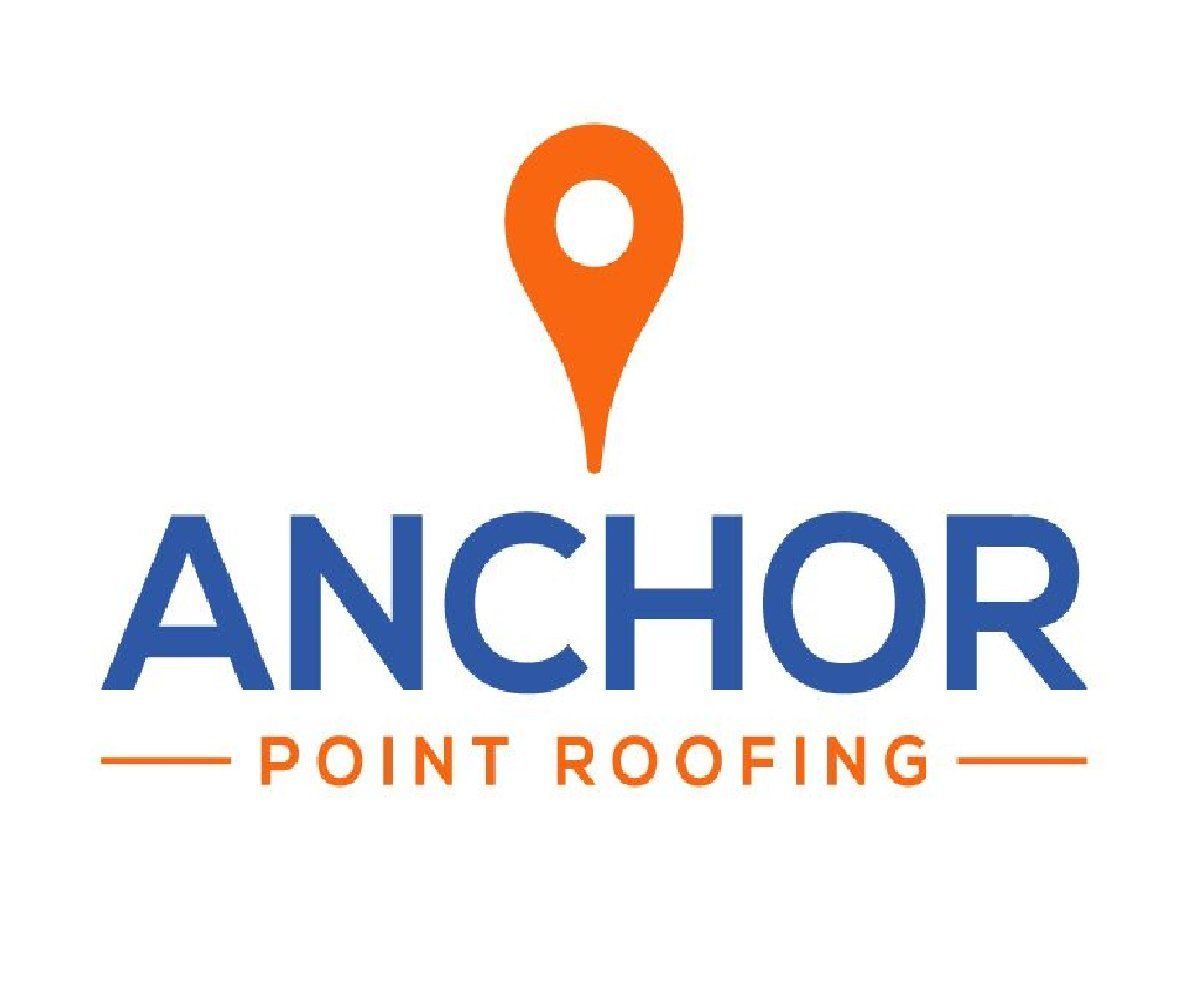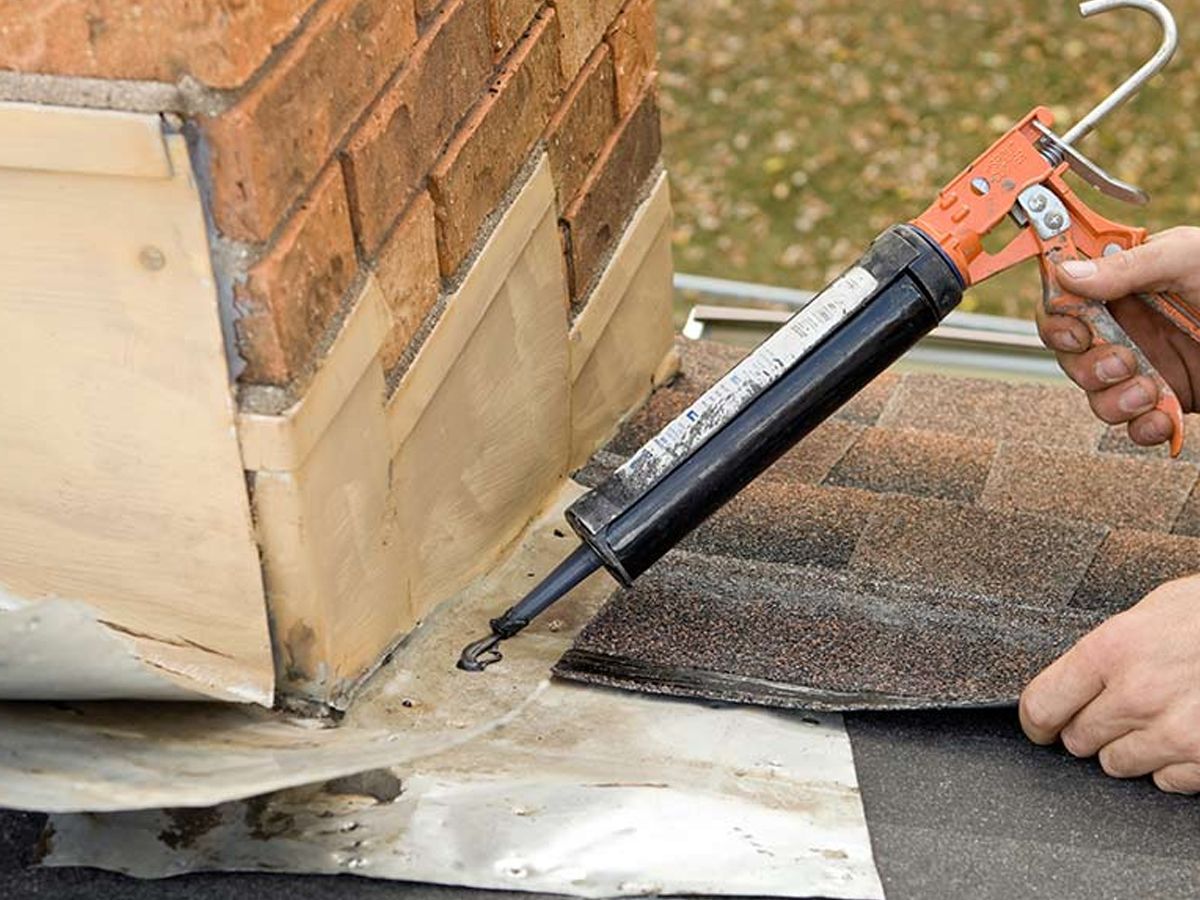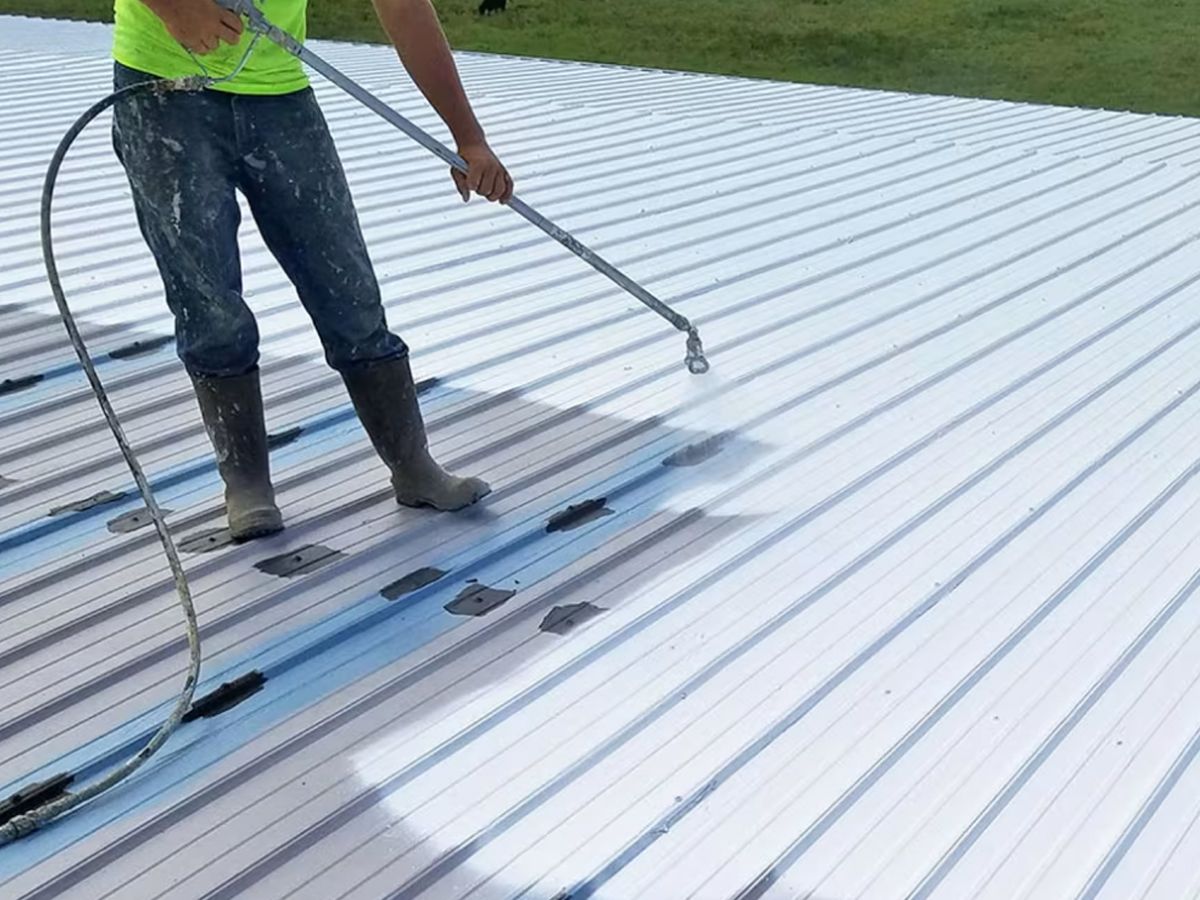About The Author
ANCHOR POINT ROOFING
Flat roofing is a common choice for commercial and residential buildings alike. Its sleek design and space-saving capabilities make it an attractive option for many property owners.
However, like any other roofing system, flat roofs require regular maintenance and occasional replacement to ensure they remain functional and efficient. In this guide, we’ll help you understand:
- The signs that indicate it might be time to replace your flat roof
- Different flat roofing materials along with their pros and cons
- The cost associated with replacement
- Tips on how to upkeep your flat roof for longevity

SIGNS THAT YOU MIGHT NEED TO REPLACE YOUR FLAT ROOF
A damaged or aged flat roof will look different than a residential sloped roof. Here are some of the signs that you might need to schedule a roof replacement:
- Visible Damage: Inspect your flat roof for signs of damage such as cracks, blisters, or tears in the roofing material. These can allow water to seep into the roof and cause further structural issues if not addressed promptly.
- Leaks: If you notice water stains or dampness on your ceiling or walls, it could indicate a leak in your flat roof. Even small leaks can lead to significant water damage over time, so it’s essential to address them as soon as possible.
- Sagging: A flat roof should maintain a consistent level surface. If you notice any areas where the roof is sagging or uneven, it could be a sign of underlying structural damage that requires immediate attention.
- Age: Flat roofs typically have a shorter lifespan compared to pitched roofs. If your flat roof is approaching the end of its expected lifespan (usually around 15-30 years, depending on the material), it may be time to consider replacement, even if there are no visible signs of damage.
- Increased Energy Bills: A poorly insulated or damaged flat roof can result in higher energy bills as your HVAC system works harder to maintain a comfortable temperature. If you notice a significant increase in energy costs, it could be due to issues with your roof’s insulation or sealing.
5 DIFFERENT FLAT ROOFING MATERIALS AND THEIR PROS AND CONS
Trying to decide which flat roofing material is right for you? Here are some of the most popular options.
1) BUILT-UP ROOFING (BUR):
Built-Up Roofing (BUR) is a traditional roofing system consisting of multiple layers of asphalt-saturated felt or ply sheets alternated with layers of hot-applied bitumen, providing durable and long-lasting waterproofing for flat or low-sloped roofs.
- Pros: Excellent durability and longevity, can withstand foot traffic, provides good insulation.
- Cons: Heavy and labor-intensive installation, limited aesthetic options, may require frequent maintenance.
2) MODIFIED BITUMEN:
Modified bitumen roofing is a flexible and durable roofing system made from asphalt modified with rubber or plastic polymers, offering excellent resistance to tears and punctures, commonly used for flat or low-sloped roofs.
- Pros: Flexible and durable, resistant to tears and punctures, relatively easy to install.
- Cons: Can be prone to cracking in extreme temperatures, may require periodic resealing.
3) EPDM (ETHYLENE PROPYLENE DIENE TERPOLYMER):
EPDM (Ethylene Propylene Diene Terpolymer) roofing is a lightweight and UV-resistant synthetic rubber roofing membrane, known for its durability, low maintenance requirements, and excellent waterproofing properties, ideal for flat or low-sloped roofs.
- Pros: Excellent durability and longevity, can withstand foot traffic, provides good insulation.
- Cons: Heavy and labor-intensive installation, limited aesthetic options, may require frequent maintenance.
4) PVC (POLYVINYL CHLORIDE):
PVC (Polyvinyl Chloride) roofing is a durable and chemical-resistant roofing membrane made from synthetic plastic polymers, offering exceptional waterproofing capabilities and fire resistance, commonly used for flat or low-sloped roofs in commercial and residential applications.
- Pros: Highly durable and resistant to chemicals, punctures, and fire, excellent waterproofing properties.
- Cons: More expensive than some other options, can be difficult to repair if damaged.
5) TPO (THERMOPLASTIC OLEFIN):
TPO (Thermoplastic Olefin) roofing is a highly durable and energy-efficient roofing membrane composed of a blend of rubber and plastic polymers, known for its resistance to tears, punctures, and chemicals, making it an ideal choice for flat or low-sloped roofs in both commercial and residential settings.
- Pros: Energy-efficient, highly resistant to tears, punctures, and chemicals, easy to install and repair.
- Cons: Vulnerable to punctures from sharp objects, may degrade over time with exposure to UV rays.
THE COST TO REPLACE A FLAT ROOF

The cost of replacing a flat roof can vary widely depending on several factors, including the size and complexity of the roof, the chosen material, local labor rates, and any additional features or accessories required. On average, however, homeowners can expect to pay anywhere from $5 to $15 per square foot for a basic flat roof replacement. More premium materials or intricate designs can push the cost higher, potentially reaching $20 or more per square foot.
It’s essential to obtain quotes from several reputable roofing contractors to ensure you’re getting a fair price for the work. Additionally, be wary of unusually low bids, as they may indicate subpar materials or shoddy workmanship that could end up costing you more in the long run.
HOW TO UPKEEP YOUR FLAT ROOF
Regular maintenance is key to prolonging the life of your flat roof and preventing costly repairs down the line. Here are some tips for keeping your flat roof in top condition:
- Inspect Regularly: Perform visual inspections of your flat roof at least twice a year, paying attention to signs of damage such as cracks, blisters, or pooling water.
- Clear Debris: Remove any debris such as leaves, branches, or trash from your roof regularly to prevent clogged drains and water buildup.
- Address Leaks Promptly: If you notice any signs of water damage or leaks, don’t wait to address them. Contact a roofing professional to repair the damage and prevent further issues.
- Trim Overhanging Branches: Trees near your property can pose a risk to your flat roof, especially during storms or high winds. Trim any overhanging branches to prevent them from falling and causing damage.
- Maintain Gutters and Drains: Keep your gutters and drains clear of debris to ensure proper water drainage from your roof.
By following these maintenance tips and addressing any issues promptly, you can extend the lifespan of your flat roof and minimize the need for costly repairs or replacements.
LEARN MORE ABOUT FLAT ROOFS
Flat roofing materials offer a variety of options to suit different budgets and preferences. By staying vigilant for signs of damage, choosing the right material for your needs, understanding the costs involved, and implementing proper maintenance techniques, you can ensure your flat roof remains functional and efficient for years to come.
Contact Anchor Point Roofing today to learn about all of your flat roofing material options.





